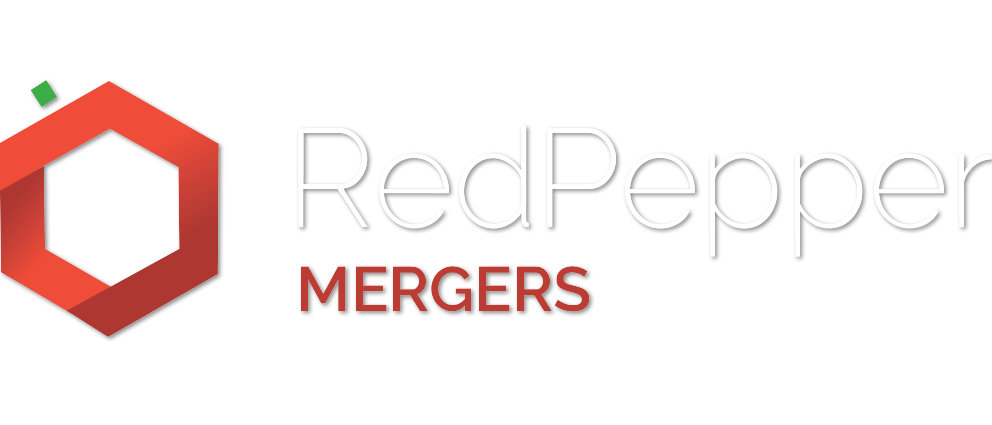‘Disruptive’. ‘Innovative’. ‘Ground breaking’. ‘Market leader’. Sound familiar?
These buzzwords can make it tricky for any business starting out to get noticed in the marketplace – even if they are delivering groundbreaking, innovative or disruptive work.
Do you know what makes your business different from others? Do you know how to use collaboration, branding and publicity to get noticed?
Create a compelling reason for journalists to cover you.
Startups need press to capture the eyes of potential customers and investors so it’s worth schooling yourself on impactful ways to get media coverage to provide much needed credibility.
If you’re reaching out to media, consider whether it ticks one of these boxes:
- Timely news: I have an upcoming event, launch or news (such as an investment announcement)
- Topical news: An issue being discussed in the press I can add value to as an expert
- Trend: I’m an expert and can add value to a trend currently affecting my niche
- Spin: My startup is addressing a problem with a new spin on it
Startups are nimble and can move swiftly.
Use this to your advantage to land on a few story ideas that outline how what you’re doing ticks these boxes to capture the attention of journalists.
Be respectful of journalists’ time and offer value by giving them access to content not available anywhere else.
If you can add value to time-poor journalists by offering insights, how to’s, opinion editorials, data, a new perspective or expertise on an issue, journalists will be more likely to respond favourably.
Nail the expert pitch
Entrepreneurs most likely to attract the attention of press are industry leaders, disruptors or experts.
If your startup is not disruptive or an industry leader (yet), one impactful way to be taken seriously by the media is positioning yourself as an authority on an issue.
In the absence an established track record or previous business success, consider what element of your personal experience can be communicated to reveal what you are an expert in.
All experience is accumulative and contributes to the knowledge you are imparting into your startup.
Packaging up this into palatable sound bytes with qualifying statements (three sentences is a guide I teach) will ensure you are taken seriously when reaching out to media.
Having this three sentence pitch up your sleeve is just as important to nail when speaking to journalists as it is should you bump into a potential investor in the elevator.
I also asked a branding and collaboration expert to outline the must-knows for any startup looking to get noticed.
Here are their thoughts.
Branding Strategist Emma Sharley
Focus on building brand equity from day one.
You never get a second chance to make a first impression, so, as tempting as it is, don’t rush or mock-up a quick version just to get it in your pitch deck or landing page.
Executing your brand vision accurately and consistently from the beginning will capture the attention of investors who are looking to support you just as much as the business opportunity.
Consider the success story of luxury all female NYC work space The Wing.
The space differentiated itself from day one with its luxury look and feel and attracted investors from SoulCycle, AOL and Equinox.
Develop your brand strategy internally in the short term, engaging advisors as needed, and feedback from a small pool of trusted networks who are invested in your success.
A visually compelling identity is crucial.
A compelling visual identity is one of the most impactful ways to communicate your message and what you stand for.
If you can communicate how your brand delivers on its purpose through its identity, you’ll capture not only the attention of potential customers, but those of investors who share your values.
The goal is for them to remember you, and to buy into what you are doing.
If your brand doesn’t communicate that instantly, it’s a missed opportunity.
BKindred Founder Penny Locaso
Partner with established brands to amplify your message.
The biggest opportunity for startups to expose themselves to wider audiences is by partnering with established businesses.
Larger businesses can often struggle with innovation and be slow to respond to market needs.
Startups on the other hand thrive in solving problems in real time.
Already there is a huge opportunity to add value here and share resources for a common goal.
Startups are time and cash flow poor.
Consider how partnering with an established brand who shares your values can amplify your message by sharing resources and expertise for a mutually beneficial outcome.
Solve a problem before you ask for help.
If you’re able to solve a challenge for a business who shares your objectives (and target database), the more likely you’ll add value and contribute to an impactful and meaningful collaboration.
When you reach out to larger organisations, be clear on how your collaboration would help them solve a business challenge and craft a pitch which outlines how you can add value.
If you can sell in the value of collaborating with a lean, fast moving and ambitious startup who are tapping into a new market while solving a business challenge, there’s no limit to what you can achieve.
Through collaboration, I’ve created a TV show, a National tour and in 2017, will be taking my business to NYC to collaborate with shared minds. And I’m a one person business.
Imagine what your startup could achieve by sharing resources in impactful ways.
Follow StartupSmart on Facebook, Twitter, LinkedIn and iTunes.
The post Is any publicity good publicity? How to get your startup the right attention appeared first on StartupSmart.

